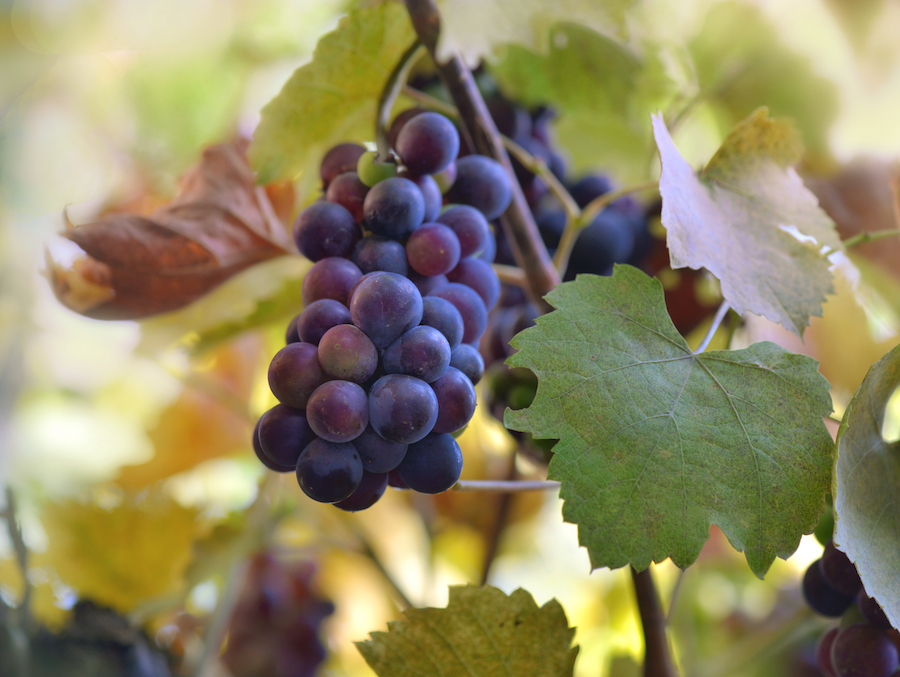One of the first grapes to sprout in the spring, Pinot Noir was, however, a late bloom in the Sonoma County wine country, for more than a century since California’s commercial wine industry was founded in the 1990s. 1850, the noble Burgundy grape played a minor role Tantalizing and legendary examples crop up here and there in history, but it wasn’t until long after the end of Prohibition that experimental-minded growers and pioneering winemakers came together to create a Pinot Noir rebirth.
Today, Sonoma County Pinot Noir cult is mainstream In 2018, Pinot Noir was grown on 13,100 acres in Sonoma County, representing approximately 20% of the region’s vineyard acres. roots, and more than twice that of Zinfandel. By a wide margin, Sonoma County is one of the top Pinot Noir producers among California ties.
Pinot’s fortunes have risen in tandem with the fame of Sonoma County’s coolest sub-denominations, particularly the Russian River Valley, the Sonoma and Carneros Coast. In growing regions once thought to be marginal, the notoriously “difficult” grape found a Made in Heaven combination.
Pinot Noir: Burgundy History
Historically, the grape has received many names in France and neighboring countries , including Pineau de Bourgoyne, Franc Pineau, and Spatburgunder. Pinot Noir, which means ‘black pine cone’ due to its dark color and compact, conical shape, has proven to be the stickiest of the bunch.
Pinot is accepted to be among the oldest French grapes. Whether the grape similarly mentioned by a 1st century writer, or arisen in the Middle Ages, it was almost certain that it was the grape that Philip the Fearless, Duke of Burgundy, decreed to be planted in place of the Gamay ‘vil grape. and harmful. ‘ chemical fertilizers and herbicides In fact, as many observers have pointed out, it wasn’t until the 1970s and 1980s that a renaissance in winemaking and vineyard practices created today’s modern Burgundy – c simultaneously with the rise of Pinot Noir in California
Pinot Noir in Sonoma County
The 19th century Sonoma County wine pioneers were energetic experimenters, constantly importing cuttings from Europe’s famous vineyards to sample them in sunny California. In 1883, John H. Drrummond was growing Pinot Noir in his vineyard, now part of the Kunde family’s winery property. Pinot was grown at the legendary Fountaingrove winery from the 1880s to the 1940s; It was even available in the old Italian tourist destination, Swiss Colony.
It’s true that even well-made Pinot Noir, from the best vineyard sites, can be moody and annoying in the cellar or in the bottle. The reasons for its previous bad reputation are quite straightforward: On the one hand, Pinot needs a cool climate to develop its purple color and aromatics. That’s why you don’t see award-winning Pinot coming out of California’s hot Central Valley .
It also benefits from a long, cold fermentation process, a “cold soak” technique used by modern winemakers, that mimics the conditions natural cold temperatures from a traditional Burgundy winery i These conditions could not be guaranteed in California before the advent of stainless steel tanks and refrigeration systems.
Fine grape skins are susceptible to disease and rot, a real problem until they are resolved with modern fungicides. The pumping and tubing procedures of 20th century scientific winemaking were a real problem for the quality of Pinot Noir wine, until a new generation of winemakers reintroduced traditional low-tech techniques.
Pinot Noir Style
Pinot Noir is rarely blended with other wines, and when it is, winemakers certainly don’t mention it like they do with their Cabernet Sauvignon and Merlot blends. Pinot Noir is prized for its eclectic aromatic profile, which may run from fresh strawberry to dried potpourri, wet hay, earth, mushroom, and forest floor, while its flavors may evoke anything from tangy, red berry fruit to cherry cola.
Although Pinot Noir may vary in hue from light strawberry to deep blueberry, color is no indication of quality. It may be tannic, but on an entirely different order than the show-stopping tannins of a Cabernet Sauvignon, and oak barrels add spice but rarely dominate Pinot Noir wines.
Pinot Noir is widely used in Sonoma County sparkling wine, where it lends delicate red berry notes and body to brut sparkling wine and blanc de noirs.
Sonoma County Pinot Noir Regions
Russian River Valley
The quintessential Sonoma County Pinot Noir region, the Russian River Valley itself contains a number of distinct subregions, although most of them are not officially recognized AVAs: The “Middle Reach” is located adjacent the river itself, but is relatively warmer; the Green Valley of Russian River Valley AVA is cooler; the Sebastopol Hills area lies to the south.
Sonoma Coast
This is a catch-all viticultural area that doesn’t do justice, some say, to the true Sonoma Coast. Encompassing both the Russian River Valley and Carneros, Sonoma Coast also covers several important Pinot Noir sub-appellations, including the unofficial “true Sonoma Coast” and the official Fort Ross-Seaview and Petaluma Gap sub-appellations. Vineyards in the “true Sonoma Coast” are planted just a few miles inland from the Pacific Ocean, but often bask in the sun above the fog line.
Enjoy Hook & Ladder’s collection of estate grown pinot noirs. Shop online or book a visit at our West Sonoma County winery.

